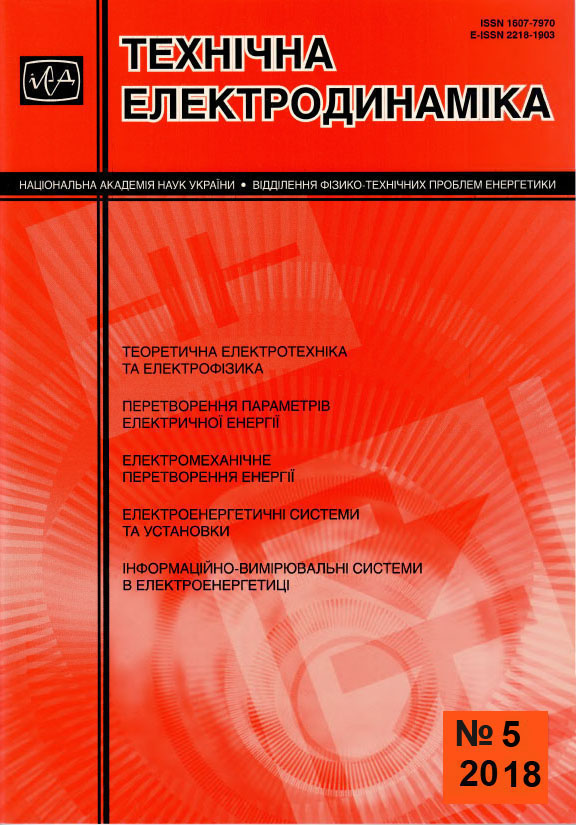Анотація
Наведено результати моделювання електродвигуна з постійними магнітами, який може бути використаний замість двигуна внутрішнього згоряння для автомобілів класу міні. Визначено розміри магнітної системи елек-тродвигуна і значення електромагнітного моменту з урахуванням масогабаритних параметрів електромобіля і європейського їздового циклу. Визначено оптимальну товщину магнітів, за якої забезпечується задане зна-чення електромагнітного моменту, а також оптимальну продуктивність циркуляційного насоса, при якій за-безпечується задана щільність струму і оптимальне рідинне охолодження. Всі розрахунки виконано в пакетах MotorSolve і Magnet, наданих компанією Infolytica. Бібл. 4, рис. 6.
Посилання
Lazari P., Wang J., Chen L. A. Computationally Efficient Design Technique for Electric-Vehicle Traction Machines. IEEE Transactions on Industry Applications. 2014. Vol. 13. No 5. Pp. 3203–3213.
Chen L., Wang J., Lazari P., Chen X. Optimizations of a permanent magnet machine targeting different driving cycles for electric vehicles. International Electric Machines & Drives Conference, IEEE International. May 12-15, 2013. Chicago, Illinois, USA. Pp. 855–862.
Vaskovskyi Yu.M., Haidenko Yu.A., Rusiatynskyi A.E. Mathematical modeling and selecting of construction parameters for traction synchronous motors with permanent magnets. Tekhnichna Elektrodynamika. 2013. No 6. С. 40–45. (Rus)
Grebenikov V.V., Priymak М.V. Сomparative analysis of magnetic electric motors with permanent magnets for electric buses. Vіsnyk NTU KhPІ. Seriia: Elektrychnі mashyny ta elektromekhanіchne peretvorennia enerhii. 2016. Vol. 11 (1183). Pp. 42–46. (Rus)

Ця робота ліцензується відповідно до Creative Commons Attribution-NonCommercial-NoDerivatives 4.0 International License.
Авторське право (c) 2022 ТЕХНІЧНА ЕЛЕКТРОДИНАМІКА


